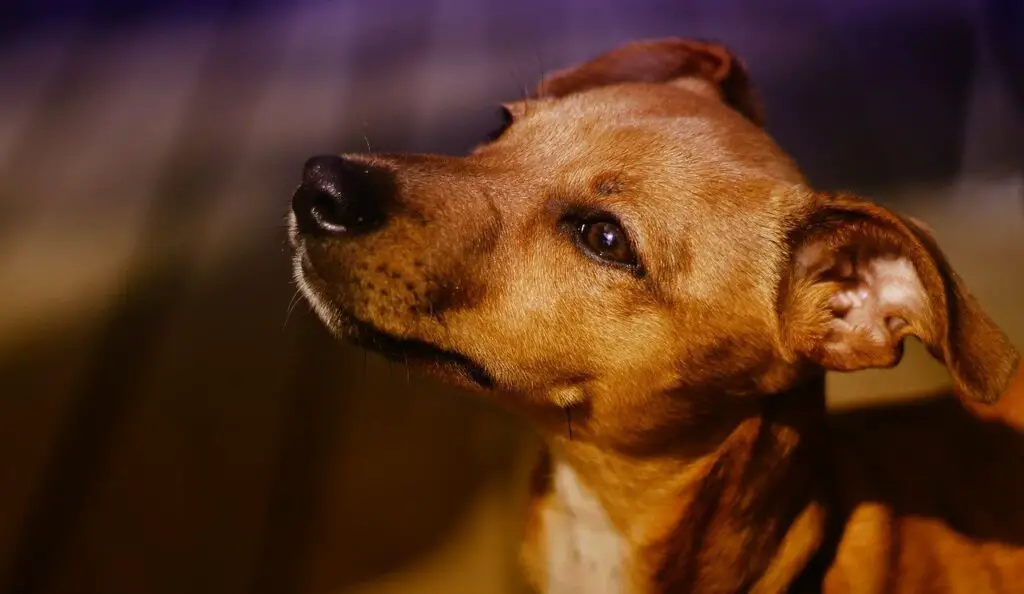Flying with dogs isn’t easy. There’s so much to think about. The pooping and peeing habits of your pet may not be at the top of your planning agenda, but they should be. Preparation has been key to the success of many of our trips.
We love our pets. We want them to be healthy and happy, but we also want an easy ride for ourselves, right?
Knowing how dogs go to the bathroom on planes not only makes flying more pleasant for your dog but it will be less stressful for you if they do end up pooping or peeing at 30,000 feet because you’ll be prepared.
How do dogs go to the bathroom on a plane?
Dogs must go to the bathroom inside their carrier. This is true for pets that travel in-cabin or in the hold, and even on cargo flights. Service dogs (and sometimes emotional support animals) are often the exception. They may be allowed to use the airplane’s bathroom. Trained service animals can poop or pee on command and this makes it easier for owners. All other dogs must stay inside their carriers and won’t have the choice to go anywhere else but inside their travel bag or crate. Obviously, this isn’t ideal.
Most dogs will be reluctant to go. They’ll try to hold it in. On short-haul flights, most owners are grateful. On long-haul flights, the dog will find it more difficult. Although most dogs won’t go to the bathroom where they have to lie down and sleep, anxiety and a desperate need to eliminate will likely override this.
If you’re about to fly with your dog, it’s probably not the news you wanted to hear. That’s OK, though. One of the benefits of a clear and simple answer is that you can start preparing for your flight. You have to accept that your dog may go to the bathroom on the plane but you can also be ready for it.
Or as we like to call it: worst-case scenario.
One of the best things you can do is to buy puppy training pads and line the bottom of the carrier with them. Pack and few spare ones, too, if your dog is traveling inside the cabin with you. You should also pack ziplock bags, hand sanitizer, and baby wipes. You can’t control your dog’s bowel movements but you can be prepared to deal with them quickly and efficiently.
Dogs in the cabin will have to be inside soft-sided carriers and these are harder to clean. The advantage you have over those owners with dogs traveling in the hold (and therefore inside hard-sided carriers) is that you can deal with the mess before it becomes…well, more of a mess.
What if My Dog Needs to Use the Bathroom in the Air?
You can read what to do if your dog poops on a plane by following this link. It’s a little more detailed than what’s outlined below, but we’ll list out the main details here, too.
Make it less likely that your dog will need to use the bathroom by following some of these tips.
You probably already have a good idea about what your dog’s pooping schedule is. Use this information when booking flights. For example, if your dog goes during his 11am walk, then book flights after this time. Let the dog poop as normal in his familiar surroundings. Don’t worry too much if this isn’t possible, but stick to a toileting routine if you can.
Flying long-haul? Break the journey up in two and have a layover at a motel or hotel. Your dog is probably more likely to go on the ground than in the air.
Don’t feed the dog before the flight. Keep her stomach empty, and she’ll be less likely to eliminate during the trip. Make sure she has access to clean water but don’t let her go mad with her water bowl either. This can also help reduce the likelihood of motion sickness. Your veterinarian will also be able to give you more specific advice.
Exercise the dog before the flight. Tire him out if you can. Exercise makes it easier for a dog to pass a bowel movement.
Check to see if the airport you’re flying out of has a dog toilet area. Many international ones do. Find a suitable toileting area outside the terminal if there isn’t a specific area for dogs.
Find out what facilities the airport has before and after security. Family bathrooms and disabled facilities can be worth noting down before you arrive. What a dog can get rid of before the flight, makes him less likely to do it on the plane.

